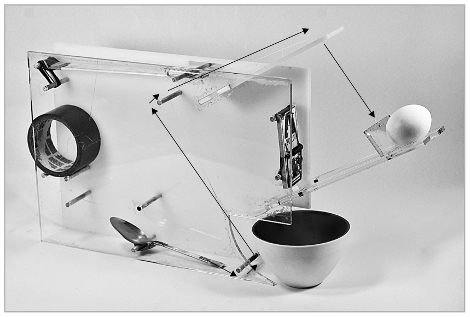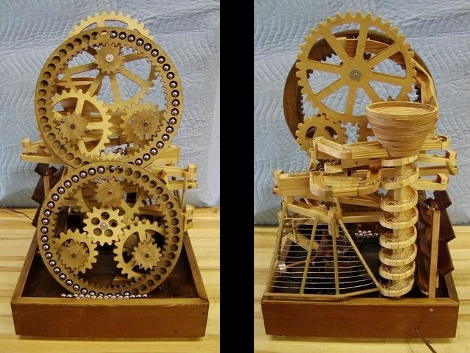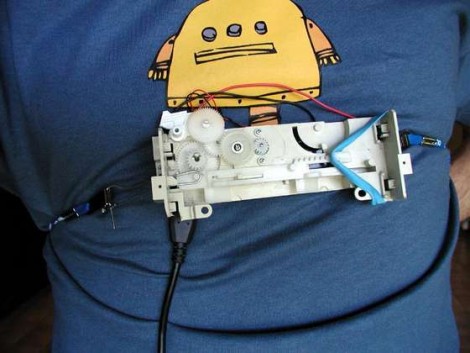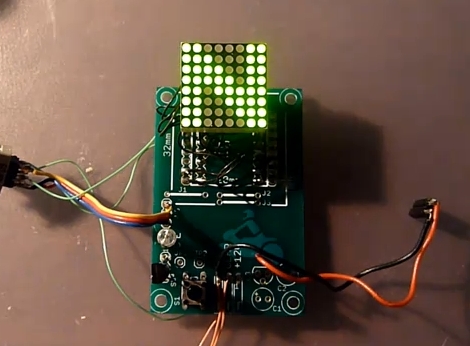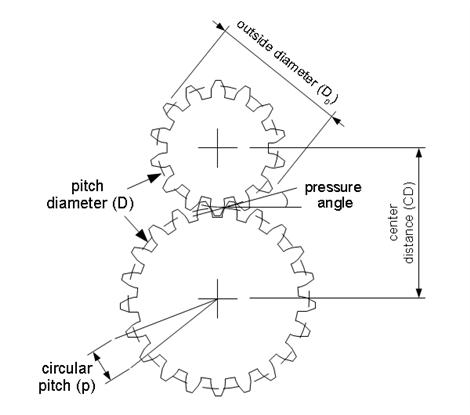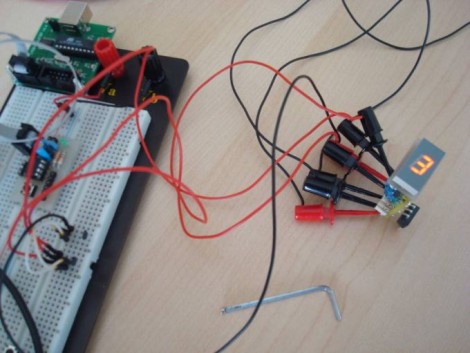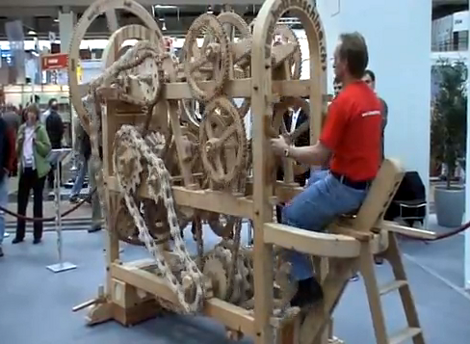
Behold the wooden machine (translated) that is used for… well it does… it was built because… Okay, this is a case where asking what it does or why it was built is the wrong question. [Erich Schatt] began building the piece that he calls “Wheels” back in 1995. It took just seven years to complete, and is made entirely of wood. The video after the break shows a multitude of moving parts.
The chains were modeled after bicycle chains, which are used to transfer motion from the “rider” throughout the machine. The gearing for each segment was meticulously calculated, then perfected through trial and error. The complexity even calls for a differential and universal joints. It’s mesmerizing to watch and for that reason it’s made appearances at conventions and been featured in art exhibitions.
It’s also worth mentioning that this comes from a very humble-looking shop. [Erich] posted some pictures of his studio and aside from the abundance of bar clamps, it’s just your average garage or basement setup.
Continue reading “Wooden Machine Belongs In Willy Wonka’s Factory”

